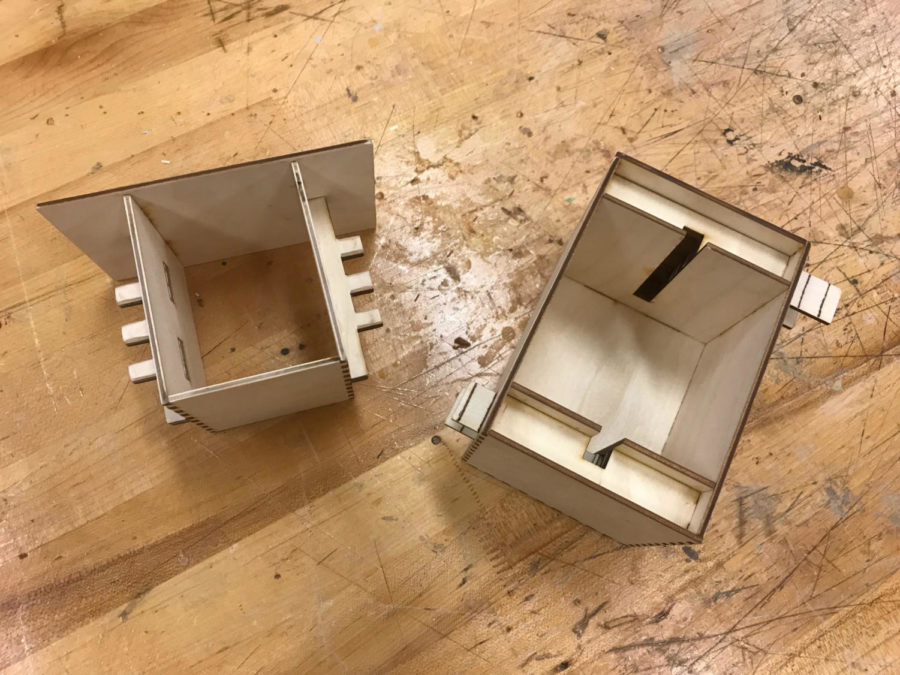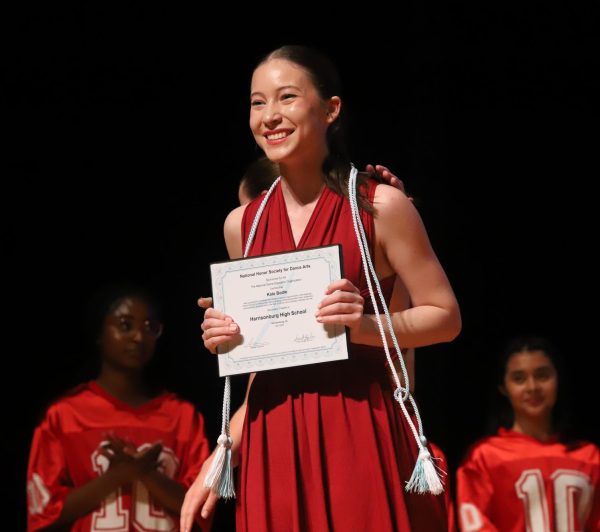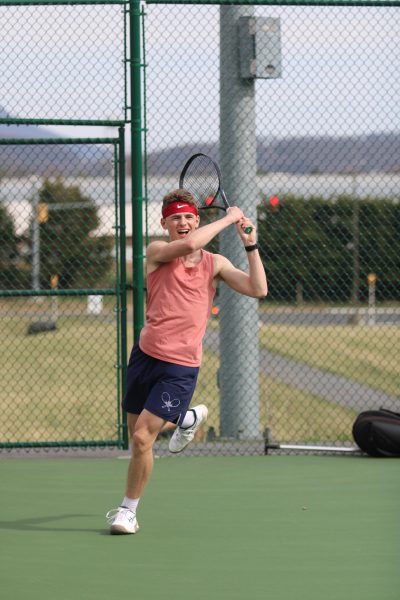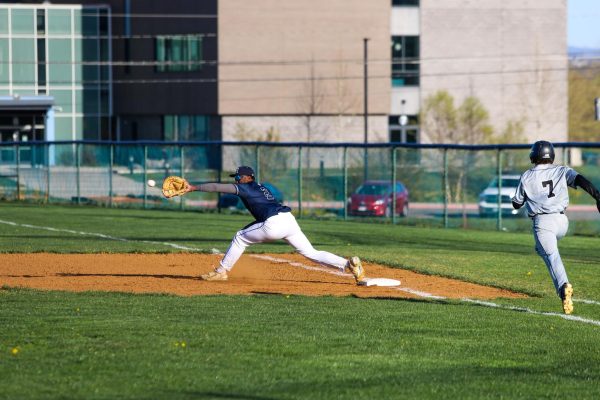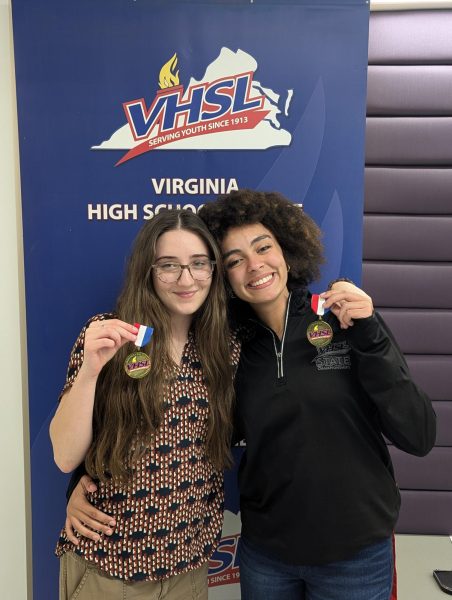Shulgan uses engineering exploration to further career
Sophomore Thomas Shulgan designed his puzzle box to only open after panels on either side are pulled out to a certain length.
For most students, they had their introduction to STEM at a younger age. Whether that was through the STEM academies in HCPS’ middle schools or through activities in elementary school, students were exposed to STEM. However, for sophomore Thomas Shulgan, the STEM academy at HHS is his first experience to the STEM field. Shulgan was homeschooled prior to his freshman year, giving him limited engineering opportunities.
“I definitely missed out on a lot of STEM challenges, being homeschooled until ninth grade,” Shulgan said. “During eighth grade I used to mess around with 3D printers and drones but didn’t know how to use them until my ninth grade year with [STEM teacher Seth Shantz]. My freshman year I took STEM Innovations with [Shantz] and that really sparked my passion to become an engineer. I really like doing design challenges because it allows a lot of freedom as to what you can build and the design can be what you make it.”
Currently, the STEM Engineering II class is working on puzzle boxes. A puzzle box is a container that requires a specific procedure to open.
“My puzzle box is very complex and I spent a lot of time making it, but I am very happy with the end product,” Shulgan said. “To open my puzzle box, you have to place each of the six different sliders in their unique positions. The unique position is hinted on the outside of the box with the small lines on the opposite side of each slider.”
These high school STEM projects have influenced Shulgan’s decision for his plans after high school.
“I really enjoy these types of design challenges and being exposed to them at a high school level has definitely furthered my interest in engineering. After high school, I’d like to pursue a career in engineering, but I’m still foggy on what field yet,” Shulgan said.
Shulgan felt this project specifically showcased the engineering capabilities of each student through their hard work this past year.
“I think this project requires a lot of hard work and planning. I spent roughly three class periods, which is about four and a half hours, of planning, and five class periods, which is about seven and a half hours, building,” Shulgan said. “I’m proud that I was actually able to finish my project by the cut-off date and get my idea I had in my head into an actual product.”



